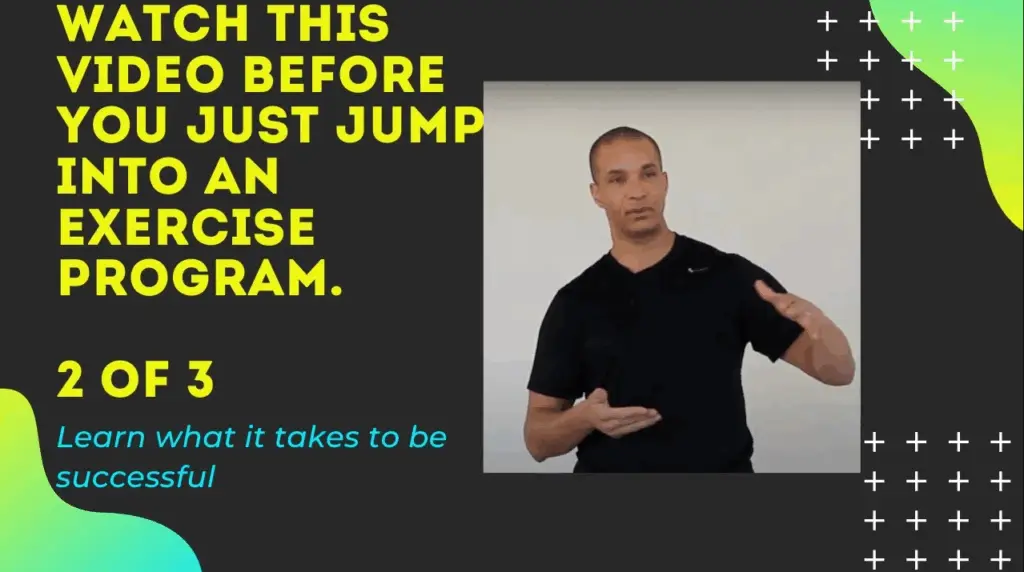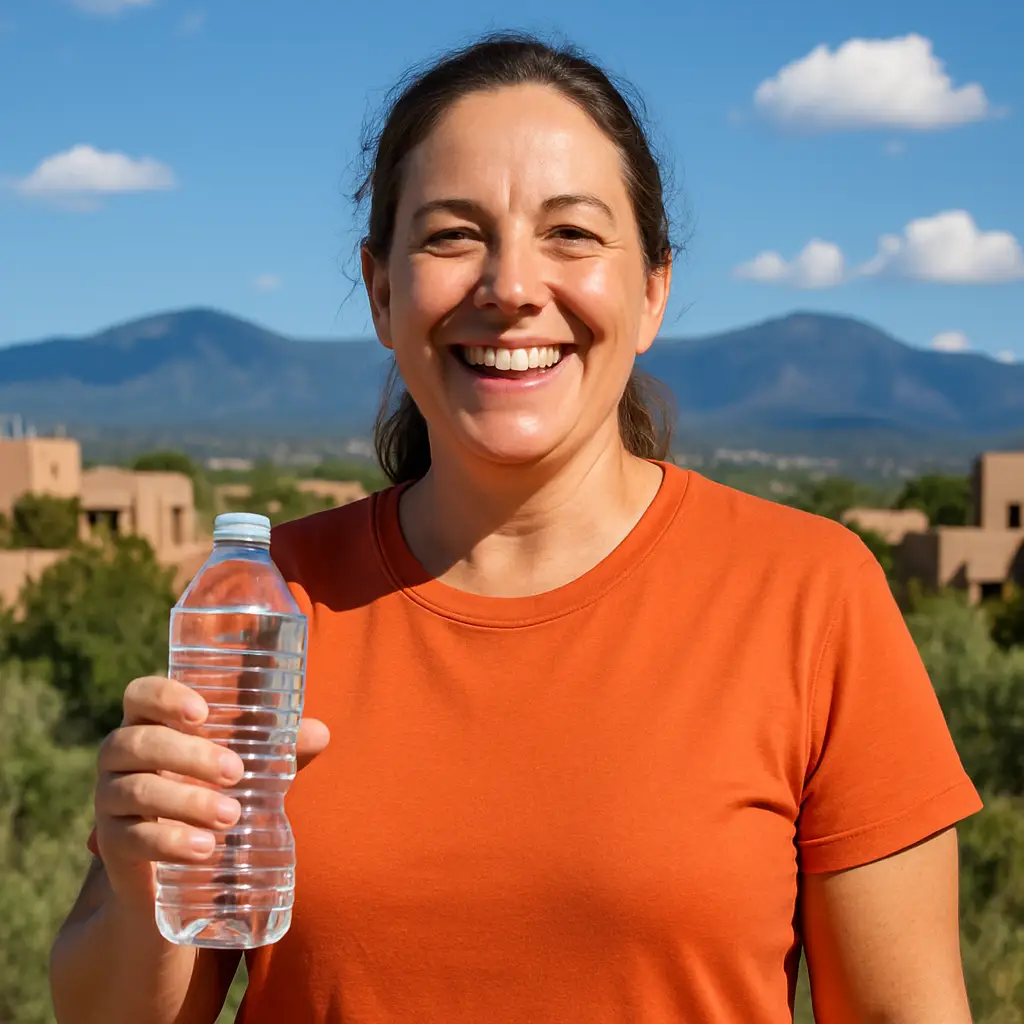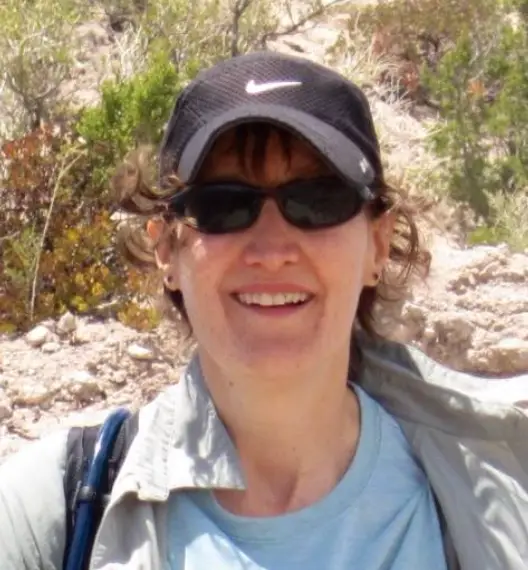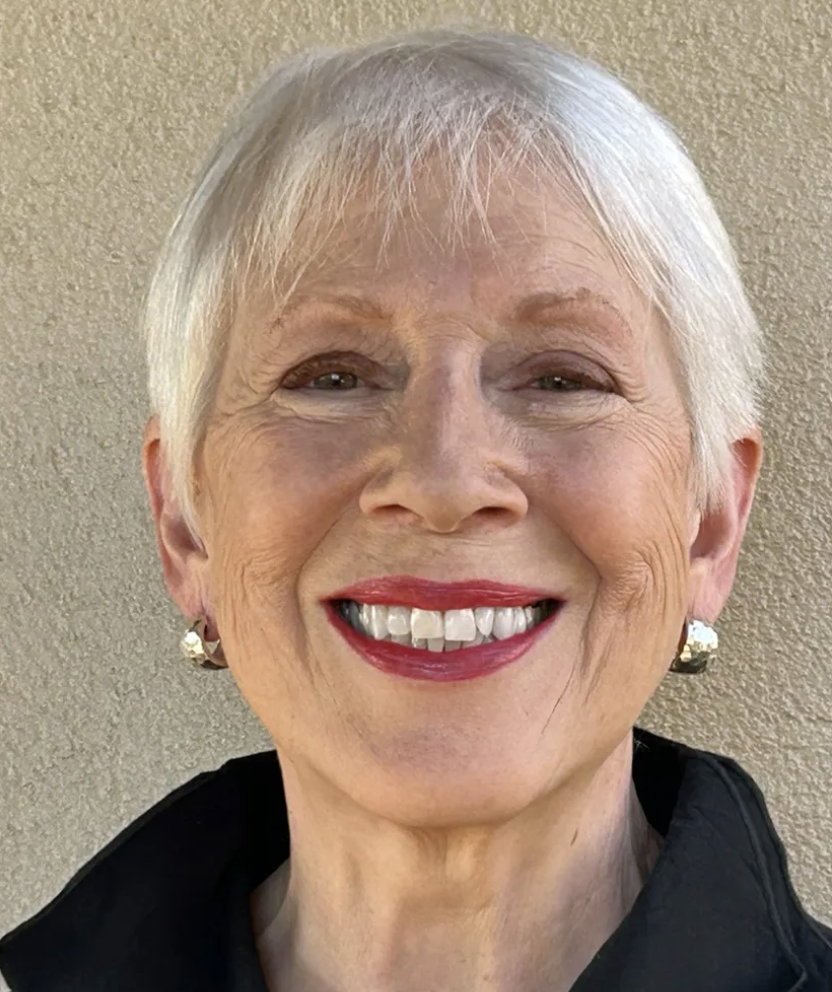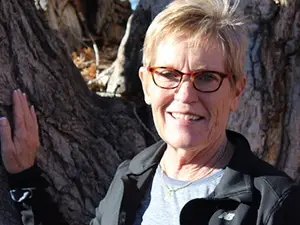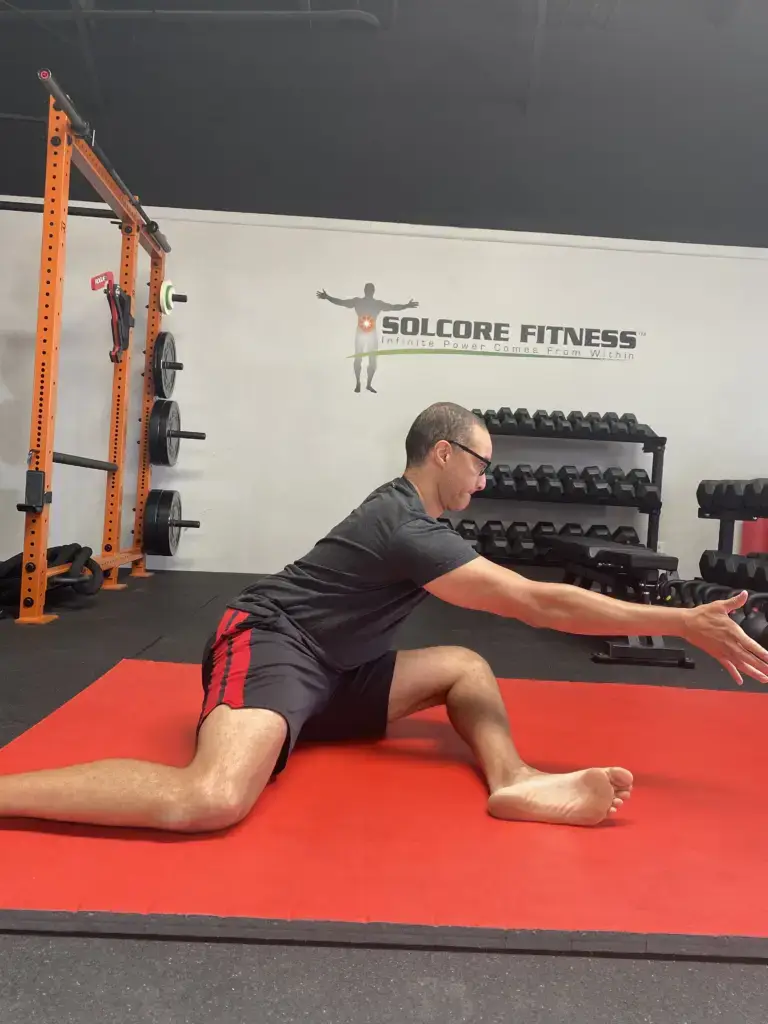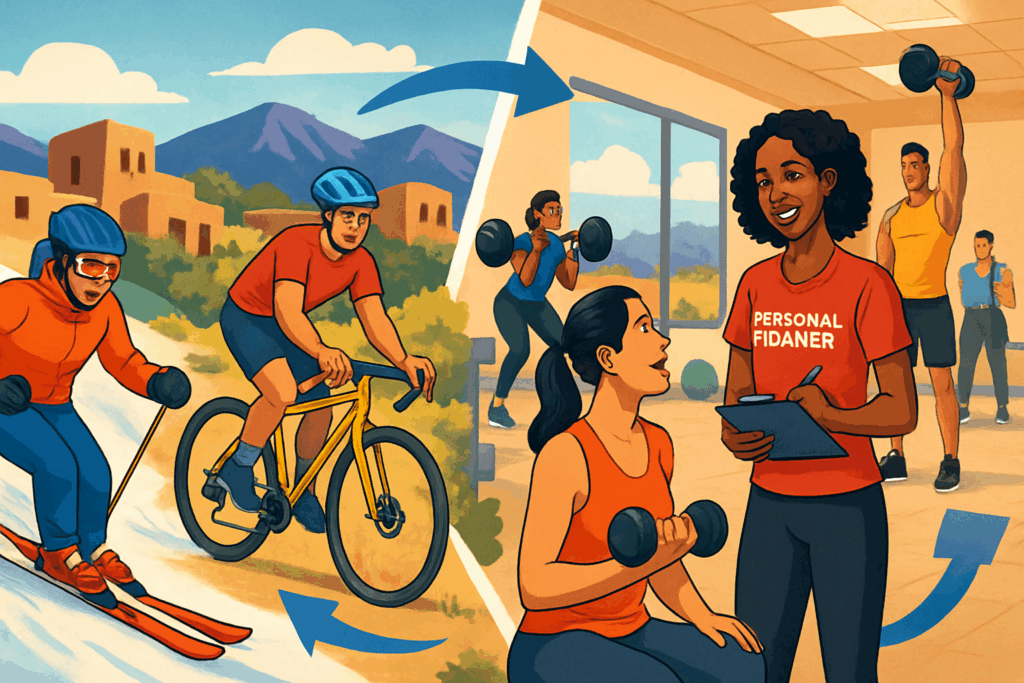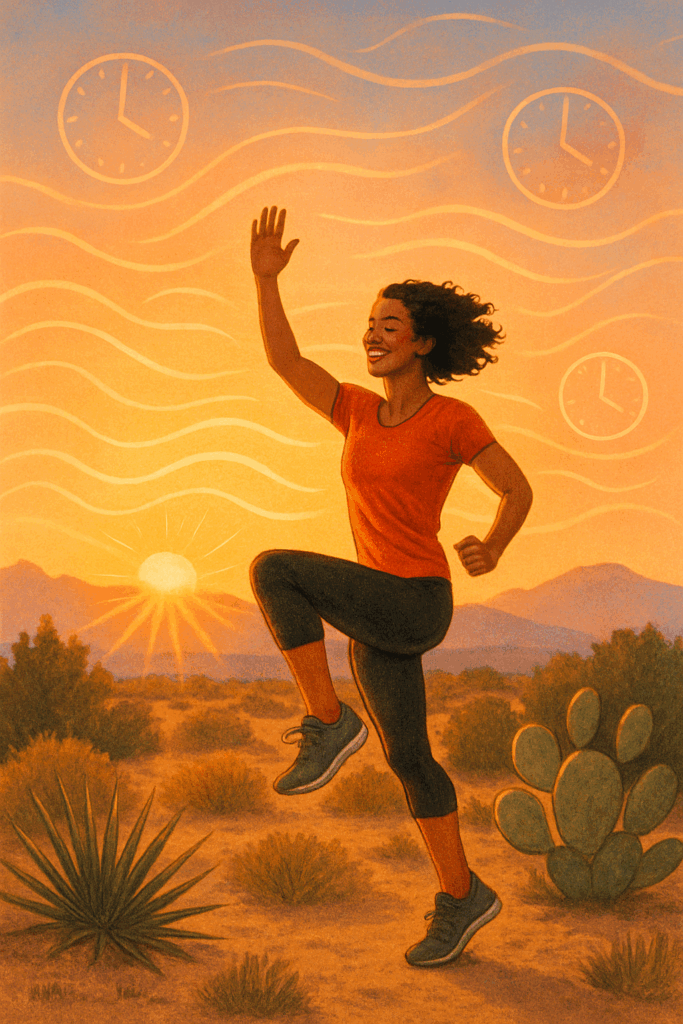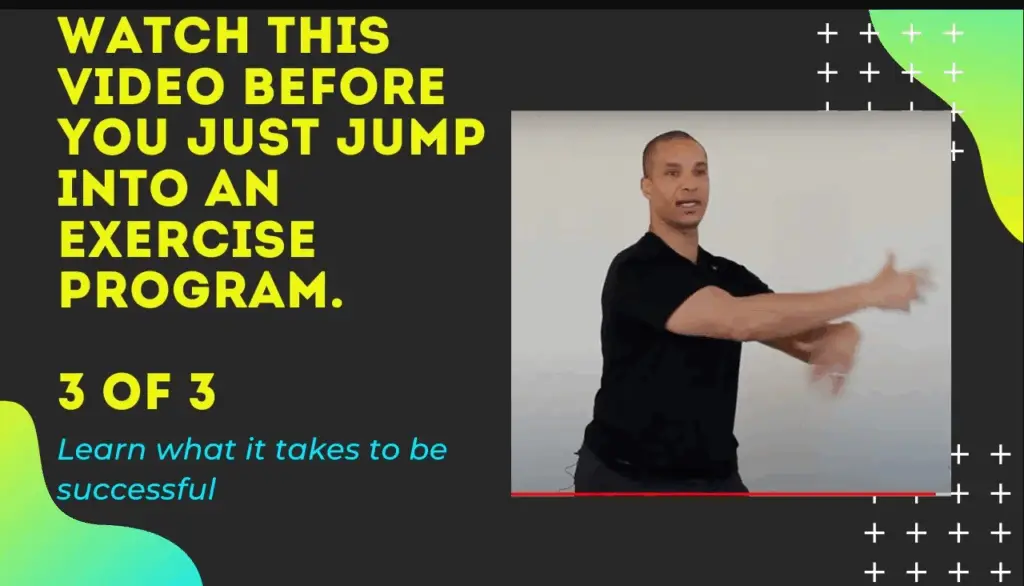
Click on the image to watch the full video
How to Choose the Right Personal Training Program—Santa Fe’s Expert Guide
Let’s start with a simple fact: your workout should help you move better in life—not just in the gym. That means focusing on full-body, functional movements. At SolCore Fitness, we use the seven primal moves (squat, lunge, bend, twist, pull, push, gait) because these patterns mirror how you live: sitting down, reaching, picking things up, rotating, and walking.
Why does this matter? If your routine is all about sitting on machines and isolating muscles, you’re not preparing your body for real-world demands. “If I just go to the gym and sit in a machine, it doesn’t translate into life at all. Life is more dynamic—movements work in combination, and your workout should reflect that.”
Don’t Stretch First! How to Warm Up and Train Smarter
One of the biggest misconceptions is stretching before you begin. Performance and safety actually improve if you start with cardiovascular activities like walking or jumping jacks, then move every joint through all three planes of motion—sagittal, frontal, and transverse. “Don’t stretch first. Warm up with movements that get your blood flowing, then activate your muscles through a variety of directions before you train.”
During your workout, focus on balancing push and pull movements, and make sure you include what your body needs—not just what you prefer. “If you love stretching or yoga, try lifting weights for better balance. If you’re into bodybuilding, add mobility and flexibility work. We always gravitate to what’s comfortable, but success requires working on your weaknesses.”
Sets, Reps, and Progress—What’s Right for You?
How do you know how many sets or reps to do? Start with your goal:
- Fewer reps, more sets = strength and power
- More reps, fewer sets = muscle endurance
Assess yourself monthly, and don’t rush the process. Real change takes time. “Meaningful results usually require at least 90 days of consistent effort, and true transformation—new tissue, better alignment—can take nearly 10 months. Be patient, assess regularly, and course-correct when needed.”
Stretch After—Normalize Your Body for Better Recovery
After your workout is the time to stretch and bring your body back to neutral. This helps prevent repetitive stress injuries and keeps muscles functioning smoothly. “Every activity creates tension in specific muscles—bring them back to normal before your next session for lasting health.”
System, Consistency, and Support
People succeed because they have a plan, openness to change, and a supportive system. Personalized coaching makes a huge difference—guiding you in movement patterns, progressive adaptation, and mindset. Looking for the right program? See how SolCore Fitness’ personal training and manual therapy can help:
https://www.solcorefitness.com/personal-training-and-manual-therapy/
Find out more @

